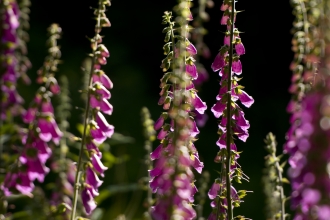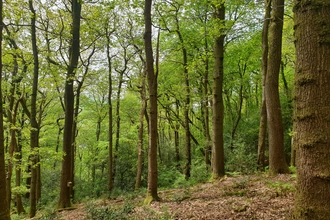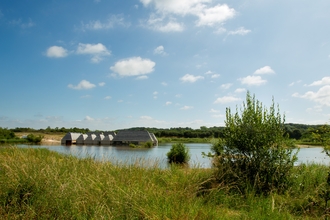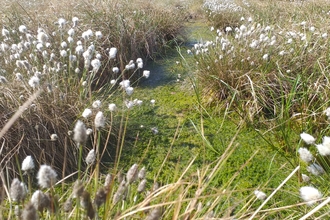Abram Flash
Breeding waders and wintering waterfowl fill this mosaic of habitats with colour and chatter.
34 results
Breeding waders and wintering waterfowl fill this mosaic of habitats with colour and chatter.

Marvel at a true wilderness nestled just a stone’s throw from the urban jungle.

Step into Aughton Woods and enter a magical place where wildlife and wildflowers flourish.
Foxes, roe deer and stunning birds of prey lay claim to one of the largest remaining areas of ancient, semi-natural, deciduous woodland in the North West.

A new kind of nature reserve where both people and wildlife thrive alongside one another.

Sphagnum moss, common lizards and dragonflies are reclaiming these once-exploited peatlands, whose scars are only just beginning to heal.
Wildlife and a wealth of wildflowers are reclaiming this former railway-line near Preston.

Wildlife and wildflowers have reclaimed this former quarry in the heart of the Ribble Valley.

Wading birds and protected pondlife thrive in this species-rich meadow.
Wildlife-rich woodlands and a roaring waterfall lend this undisturbed nature reserve a true sense of the wild.
34 results